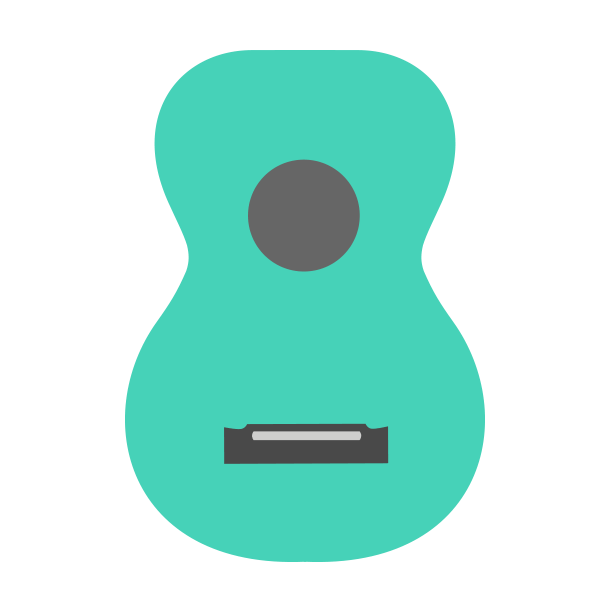Nickie
Well-known member
Does anyone know the E+ chord on ukulele? Or is it strictly a guitar chord? I haven't been able to find a diagram of it.
Darn it! I need to type faster!Could it be an Eaug? I've seen + used for that and https://hellomusictheory.com/learn/augmented-chords/ seems to agree. So that'd be 1003 (I think).

I primarily play in E and I mostly play G#+ in that key, but here's how I play E+Does anyone know the E+ chord on ukulele? Or is it strictly a guitar chord? I haven't been able to find a diagram of it.
The augmented chord appears frequently in older Tin Pan Alley songs as a "passing" chord or sometimes at the end of the verse leading to the chorus.This thread is interesting, but now that we have established what it is and how to form it, what do you guys do with the augmented chord. I struggle to find a use for mine. I sometimes use it as a hiccup for the tonic chord since they are so similar: e.g. playing Em/g#+/Em just to break up the monotony of a straight Em chord. I have also tried resolving to a E+ rather than a E chord. The benefit is that the E+ kind of resolves but it also has this underlying feel where although the E part of the chord is happy to be the center of the progression, the + part feels like it would rather go somewhere else.
Yeah, I know. I just misspoke. It is just the 3221 shape. I may have misexplained it, but the principle is still solid. I make a Δ7 shape and then squish it down. I'm still excited about finally visualizing it...even if I cannot describe it.Um, the augmented shape would not be 10 8 8 7 but 9 8 8 7. In other words, you'd have to drop both the 3rd and 4th string positions one fret (or raise the 1st and 2nd string positions).
I flunked theory, so I don't understand this...I primarily play in E and I mostly play G#+ in that key, but here's how I play E+
root on G string: 988X
root on C string: x443 or 544x; x16 15 15
root on E string: 13 12 12 or 12 12 11
root on A string: x887
Thanks, I like pictures. This makes sense.As noted, a "+" usually indicated "augmented".
I keep this tab open in my browser always. Good for answering questions like this, and "discovering" lots of other things.

Ukulele Chords - UkeBuddy
Ukulele Chord Finder - Discover ukulele chords in any key and numerous styles. Just select the key and type of the chord to view different chord variations.ukebuddy.com
